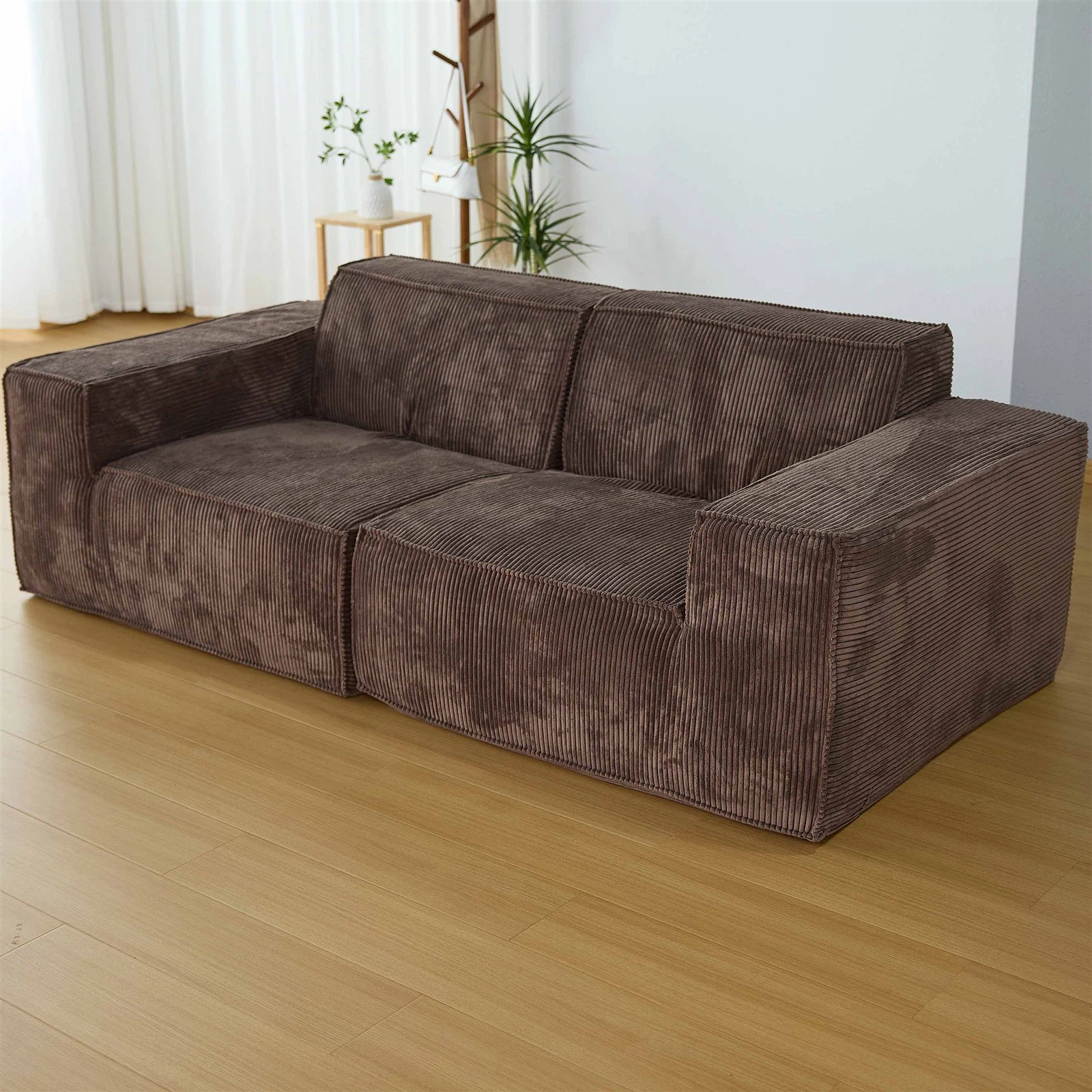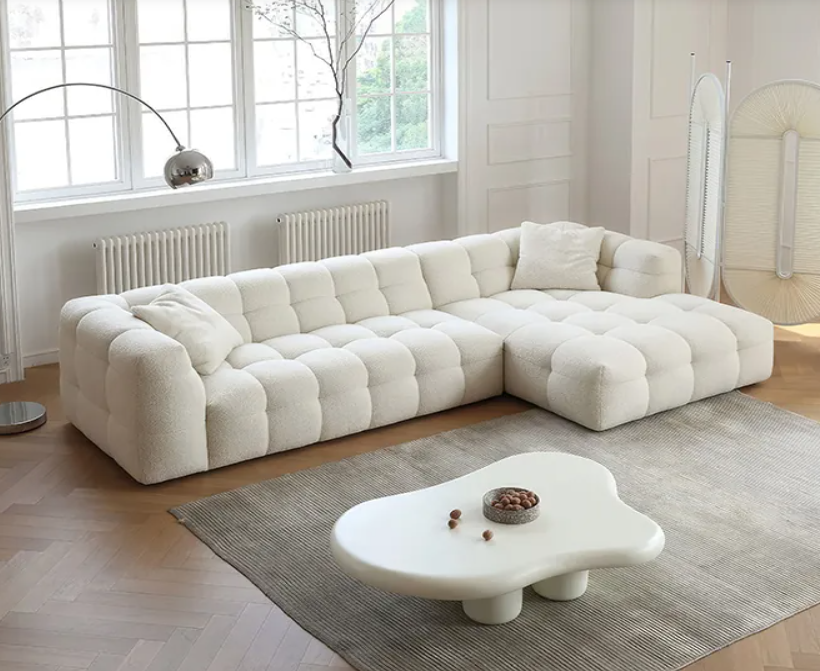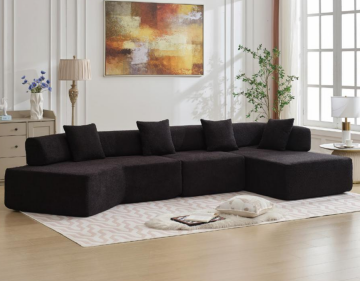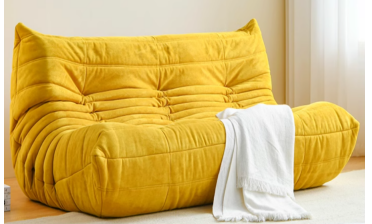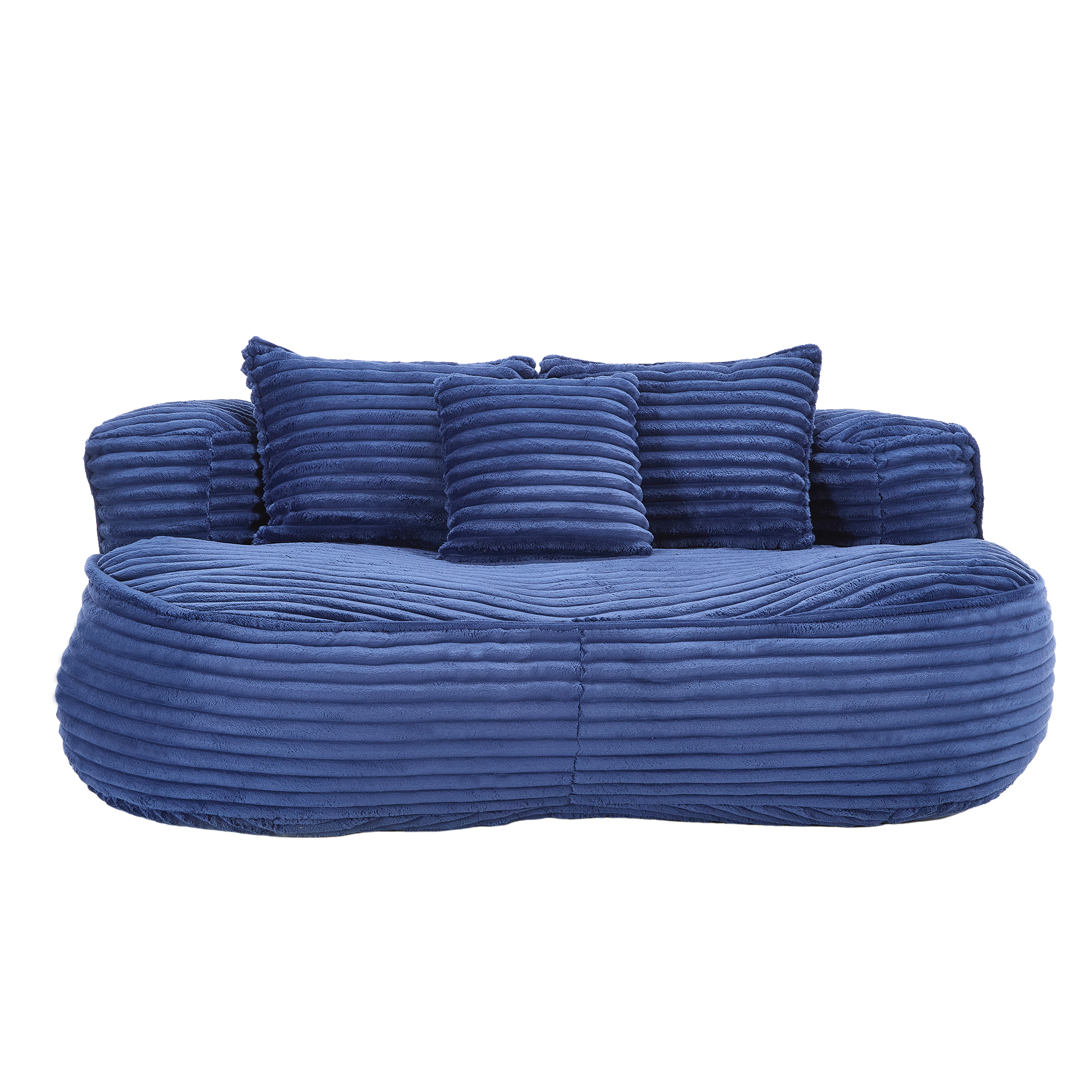Compressed Sofadesigned for compact packaging and efficient transportation, are rapidly reshaping global furniture trade. Their reduced volume and convenient storage offer logistics advantages, but they also bring specific import challenges. Importers must fully understand tariff classification, shipping calculations, inventory storage, and after-sales policies before entering the market.
This article outlines four key dimensions international buyers must evaluate before importing compressed sofas: tariffs, logistics, warehousing, and returns.
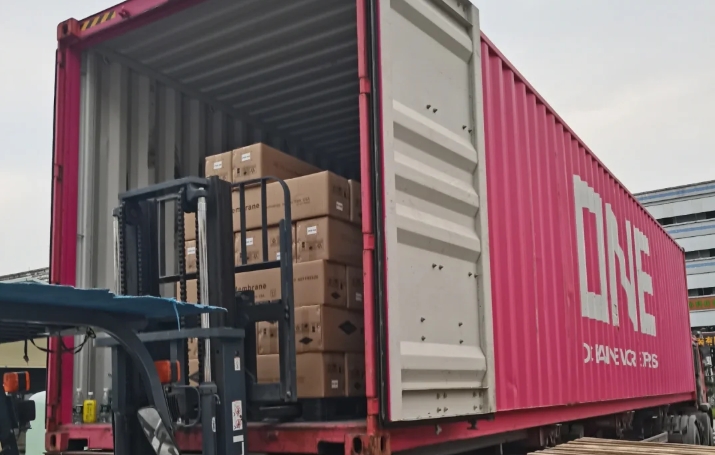
Failure to consider the unique characteristics of compressed sofas during import planning may lead to increased freight costs, damaged inventory, or unresolved customer disputes.
Tariff Policy
The final cost of importing compressed sofas is heavily influenced by tariff policies. These policies vary by country and hinge on classification accuracy, valuation thresholds, and local customs structures.
Buyers should accurately classify sofas, confirm applicable tax rates, and calculate additional costs resulting from size-based surcharges or regional rules.
Key considerations include:
- Tariff Calculation and Tax Thresholds
- In China, import tariffs for furniture generally range from 0% to 10%, with a 13% VAT.
- In the United States, the de minimis value is $800 per shipment; values above this may attract tariffs between 3% and 25%, depending on HS classification.
- The European Union enforces a “furniture oversize” factor: any single item longer than 2.5 meters is penalized by reducing the divisor for volumetric weight from 6,000 to 4,500, indirectly increasing logistics cost.
- Classification Accuracy
- Sofas fall under HS Codes 9401 (Seats) or 9403 (Other Furniture); foam-filled or mattress-type sofas may fall under 9404 and be subject to different tariff rates.
- Proper classification requires detailed product descriptions, specifying core materials (e.g., latex, high-resilience foam), inner frame, and intended use.
- Labeling Compliance
- Country-of-origin labels must follow FTC standards (e.g., “Made in Vietnam”) and reflect substantial transformation rules if multiple countries are involved in manufacturing.
Failure to comply with these aspects may lead to reclassification penalties, higher tariffs, or seizure of goods.
Transportation Plan
The core value of compressed sofas lies in their reduced shipping volume. However, improper transportation planning can negate this advantage. It is essential to evaluate the dimensional weight, transport mode, and packaging technique to achieve optimal cost-performance.
Transport cost is determined by dimensional weight, not actual weight. Vacuum compression reduces size but requires planning based on destination, urgency, and cargo load.
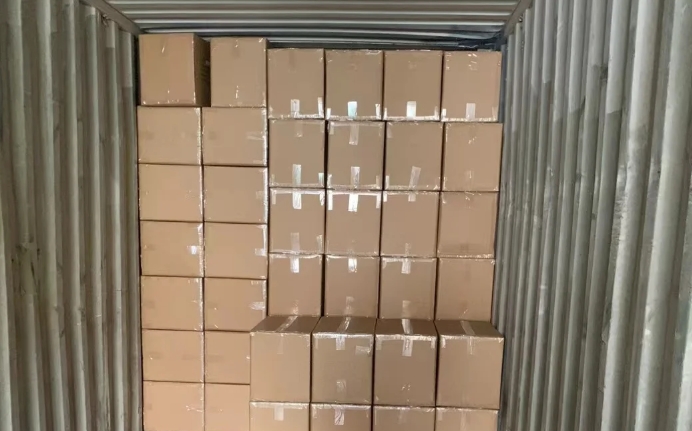
1. Dimensional Weight Impact
Volumetric pricing is based on the higher of dimensional or actual weight.
| Transport Method | Volumetric Divisor | Example Calculation (200×100×80 cm) | Resulting Chargeable Weight |
|---|---|---|---|
| Ocean Freight | 6,000 | 200×100×80 ÷ 6,000 | 266.67 kg |
| International Express | 5,000 | 200×100×80 ÷ 5,000 | 320.00 kg |
Compression reduces these volumes by up to 80%. For example, a 2.2m sofa can be compressed to 0.43 cubic meters—smaller than two 50-inch TVs—making it ideal for bulk shipping.
High-resilience sponge and structural frames are tested to withstand over 20 tons of pressure, ensuring rebound integrity even after extended compression.
2. Transportation Mode Comparison
| Mode | Volumetric Coefficient | Avg. Transit Time | Best Use Case | Optimization Notes |
|---|---|---|---|---|
| Ocean Freight (LCL) | 6,000 | 30–45 days | Small-volume bulk (<5 CBM) | Monitor for oversize surcharge (EU market) |
| Ocean Freight (FCL) | 6,000 | 25–40 days | Full container (>15 CBM) | Combine heavy and light products |
| International Express | 5,000 | 5–10 days | Samples or quick replenishment | Choose regional pricing zones |
| Air Freight | 6,000 | 2–7 days | Urgent deliveries | Modular packaging, flat-packed components |
Proper selection of transport mode can reduce logistics cost by over 30% and ensure timely arrival during sales cycles.
Warehouse Management
Compressed sofas allow long-term storage but require environmental control and inventory planning to preserve rebound performance. Overstocking or improper storage may cause irreversible deformation or material degradation.
Warehousing for compressed sofas must account for storage cycles, compression rebound, and FIFO inventory control.
Best practices for compressed inventory management:
- Storage Environment
- Store in dry environments (humidity <60%) with stable temperatures (10–25°C).
- Avoid direct sunlight or high-temperature zones to prevent package damage.
- Shelf Life Management
- Maximum compression period: 8 months
- Recovery expectation: 80% shape restoration in 24 hours, 95% in 5 days
- Inventory Tracking and Rotation
- Use FIFO principles with labeling systems including compression date and expiry date
- Separate storage zones for different models and compression batches
Factor Recommended Standard Temperature 10°C–25°C Relative Humidity <60% Max Storage Duration ≤8 months in compressed state Rebound Speed Target ≥80% in 24h; ≥95% in 5 days after opening Implementing these practices ensures product integrity and reduces the risk of customer complaints due to deformation.
Return and Exchange Policy and After-Sales Guarantee
Compressed sofas are often non-returnable once unpacked due to deformation risk and repackaging challenges. However, cross-border buyers must still offer legally compliant and cost-effective return and warranty options.
A dual-focused strategy—compliant with destination laws and optimized for operational cost—is essential for managing compressed sofa returns and after-sales support.
Key points to address:
- Return Scenarios and Conditions
- Returns accepted for unopened products within 30 days
- Opened products only eligible for refund/replacement if defect is proven (e.g., broken frame, no rebound)
- After-Sales Guarantee System
- Standard warranty: 24 months for structural issues
- Offer part replacement or monetary compensation for fabric damage or minor defects
- Cost Management for Returns
- Return shipping for opened items is often higher than product value
- Recommend localized disposal with partial refund to avoid reverse logistics
Scenario Recommended Handling Unopened, within 30 days Full refund; return shipping covered by buyer or seller Opened, with defect Partial refund or free replacement Opened, no defect Return not accepted Shipping damage File claim with carrier; offer replacement or refund 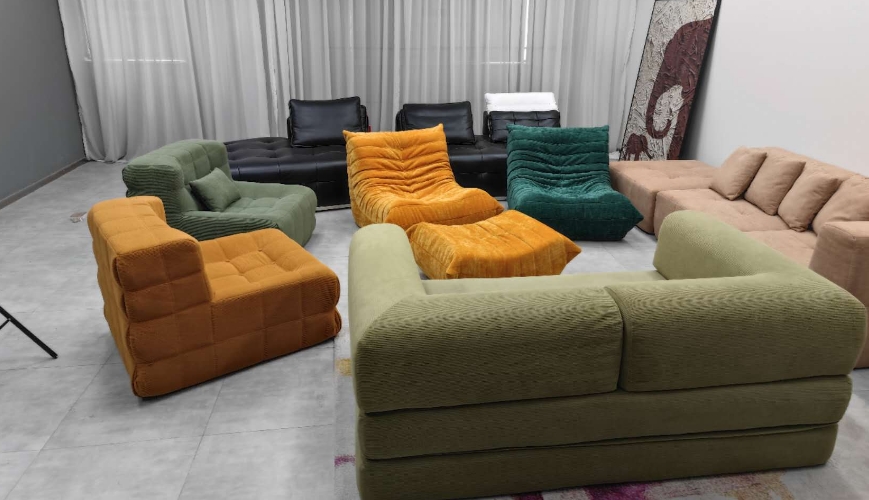
- Return Scenarios and Conditions
-
Conclusion
Compressed sofas offer clear logistics advantages but demand careful preparation before international import. Accurate tariff classification, optimized shipping methods, proper storage planning, and feasible after-sales frameworks are all necessary components of a successful trade strategy. Ignoring any of these areas may lead to increased costs, delivery issues, or regulatory disputes in target markets.



